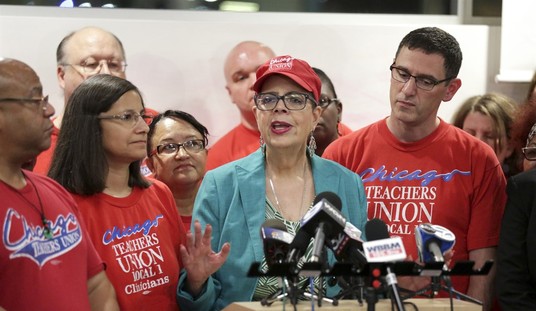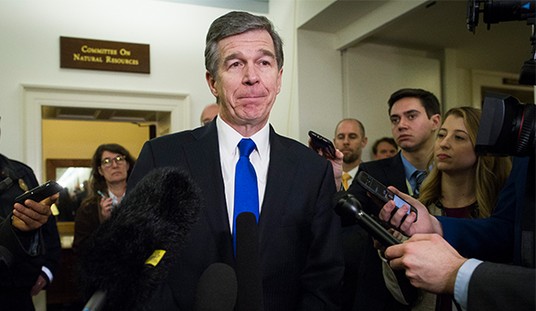The same government that controls the supply of money, that makes and enforces the rules for the financial industry, is now also a larger supplier of consumer credit than the entire private sector combined.
It happened so fast that hardly anyone even noticed. As recently as 2006, private sector financing was double that of government sources, but not any more. As the above chart indicates, the federal government is now the nation's banker. Following are some key excerpts from Jed Graham's Investor's Business Daily article of April 17, 2013:
"Back in 2006, private financing supplied nearly $2 in outstanding household loans for every $1 in government-financed credit."
"But 2012 completed a dramatic transformation that has seen the government displace the private sector as the main source of home mortgages and consumer credit, Federal Reserve data show."

One might think that as the housing market gradually improves, private sector sources of home mortgages will also return. There had also been much discussion on Capitol Hill about "privatizing" the GSE mortgage giants, Fannie Mae and Freddie Mac. But, as Graham points out, with housing rebounding, Fannie and Freddie are suddenly a big revenue generator instead of a bottomless pit that needed bailouts. And, the government likes sources of revenue. According to Graham:
"Now, although the mortgage crisis has abated and home prices are back on the rise, the government's dominant role in consumer financing may persist."
"New regulations after the financial crisis and the prospect that mortgage finance will be a cash cow for the Treasury may work against efforts to scale back the government's role."
Recommended
"That possibility was underscored last week by the White House budget forecast that Fannie Mae and Freddie Mac will provide a $183 billion windfall to Treasury over the next decade."
Then, Graham provides some numerical context of the magnitude and quickness with which the government – never letting a crisis go to waste – took control of the market:
"At the end of 2012, government-financed home mortgages and consumer credit outstanding totaled $6.4 trillion, up from $4.4 trillion at the end of 2006. Private-sector financed loans fell to $6.3 trillion from $8.45 trillion over the same span."
"The shift to government financing primarily reflects the collapse of private mortgage financing in 2007 as the housing bubble popped. Financing through government-sponsored Fannie and Freddie, as well as Ginnie Mae, which finances Federal Housing Administration mortgages, became the only game in town."
"Privately financed loans made up nearly 60% of the $10 trillion home mortgage market in 2006 but now account for just 40%."
Prior to 2010, the student loan program was a public-private partnership with local banks originating the government guaranteed loans. However, wrapped inside the ObamaCare legislation that the Democrat Congress rammed through in 2010 was the completely unrelated government seizure of the student loan program. As Graham documents, under the guise of lowering interest rates for students, the government nationalized another revenue source.
"The other growth area for government lending to consumers has been student loans. Since the end of 2008, direct student loans from the government have increased by $423 billion, while other consumer credit has shriveled by $192 billion. Since 2010, all federal student loans come directly from the government…"
In 2011, I opined that with the passage of Dodd-Frank, an extremely aggressive "witch hunt" against private banks initiated by the Justice Department, the Fed's monetary policy, and the further crowding out of private lending sources in the housing market, that the Obama Administration was effectively nationalizing the banking industry.
Additionally, as ObamaCare becomes fully implemented, the government will take a giant step toward nationalizing the health care industry into the "single payer" system envisioned by Obama and many Progressives.
One day soon it may be difficult to recognize even remnants of the once great American free-market economy where entrepreneurs and a vibrant private sector flourished. But, then, Obama did say he would "transform" America, didn't he?

























Join the conversation as a VIP Member